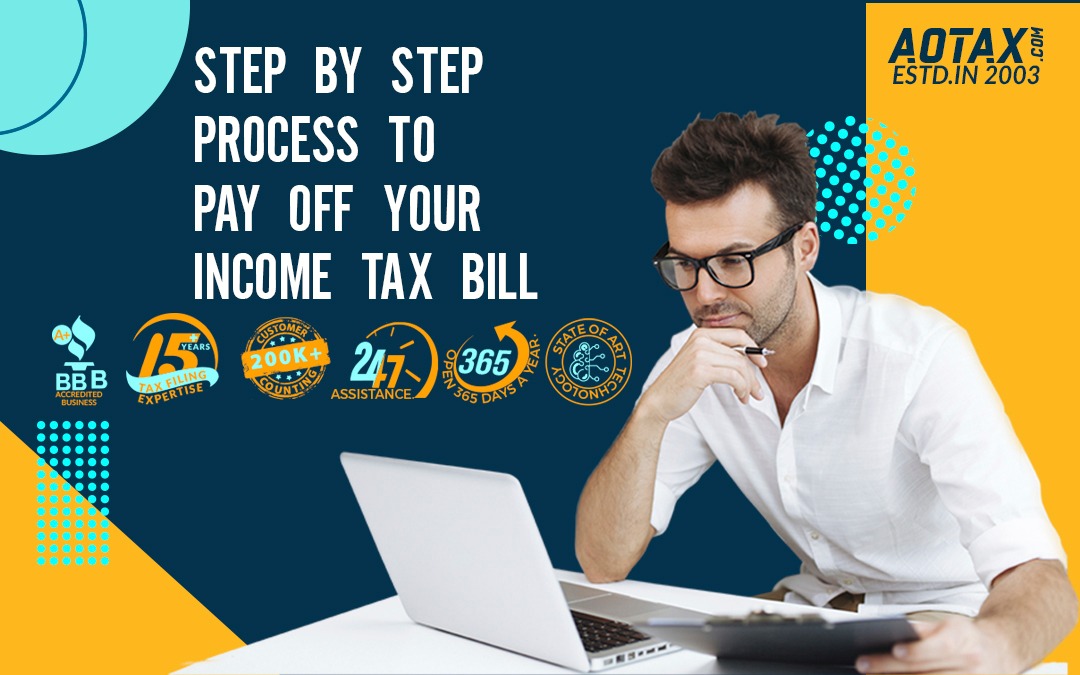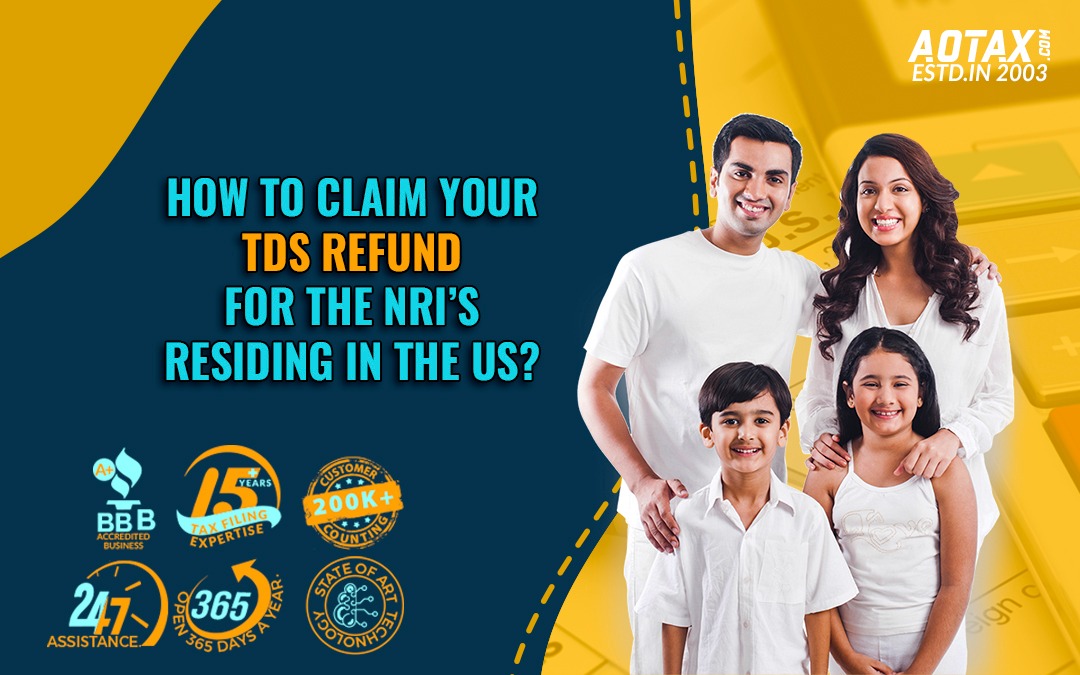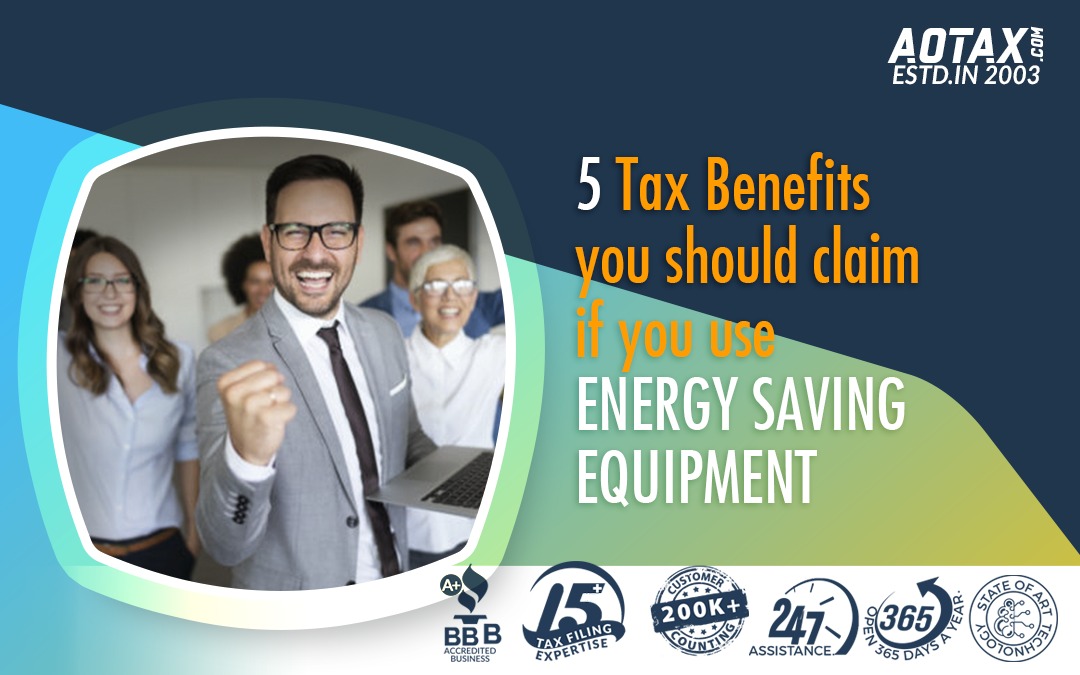
Step by Step process to pay off your Income Tax Bill
Step by Step process to pay off your Income Tax Bill
Discovering that you owe a lot more taxes to the IRS than you can afford can be a very concerning situation. To find out that you do not have any tax refunds is bad enough and if you must pay additional taxes to the IRS, it is pretty much the worst nightmare.However, such a predicament is not the end of the road or the world. You can pay off your income tax bill by following a few simple steps, without taking a lot of stress.
- Your Tax Liability
Knowing the amount of taxes that you are liable to pay to the IRS is the very first step. Before you submit your tax returns during the tax season, it is essential that you go through your returns more than once. A little bit of scrutiny here can save you from a lot of pain. It is quite common to forget a deduction or accidentally add the same item twice.
Forgetting a checkbox or a question can at times turn out to be expensive in this matter. Thus, cross-check your return thoroughly before clicking on the submit button. You can compare your current return with that of the previous year to see if there are any major changes. This holds good if there hasn’t been a dramatic change in your tax situation.
And if the IRS sends you a letter for tax dues, do not jump to any conclusions immediately. There is a probability that it might be wrong. If you feel so, you can ask them for clarification.
- Minimize any penalties or interest
Penalties and interest can worsen the already grim situation. If you have a large tax bill to pay off, interest or penalties can bloat this number. Fortunately, you can minimize them using any of the following methods.
- Underpayment Exception
There might be a situation where you underpaid your taxes this year but had paid your taxes accurately the previous year. If the taxes of the previous year were considerably lower and you paid your current taxes by the due date, you don’t have to pay penalty on your underpayment of taxes.
- Pay ASAP
Should you owe any taxes to the government and you do not see a way out, paying it off at the earliest is your best bet. Even if you do not pay the entire amount, pay off as much as you can.
- Abatement of Penalties
The IRS is known to reduce or even remove the penalties on a taxpayer if they write a letter to the IRS and make them aware of the situation. Do not forget to ask for an abatement in your letter to the IRS.
- Installment Agreement Request
If there is no other way for you to pay the taxes, you can file Form 9465, which is Installment Agreement Request. You are essentially setting up an installment of your tax liabilities. And filing the form online will prevent you from paying the payment user fee. The installment is applicable if:
- The taxes you owe are less than $10,000.
- A taxpayer can prove that they are unable to pay the dues.
- A taxpayer can pay the taxes within 3 years.
- Compromise
You can negotiate with the IRS for Offer In Compromise (OIC). In this method, you must offer as much as your net worth is. An OIC resembles bankruptcy in a lot of ways and must only be considered if there is absolutely no other way.
The above steps will help you pay off your income tax bill to the IRS. It is important not to panic and look for a solution if you owe taxes to the IRS.
Reference:
https://blog.taxact.com/steps-pay-off-tax-bill/






Recent Comments